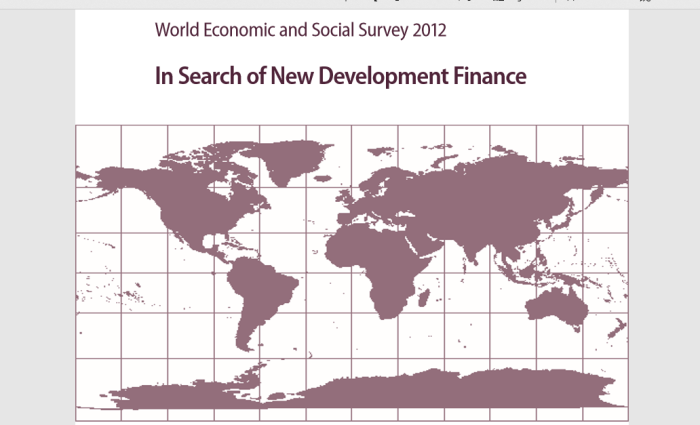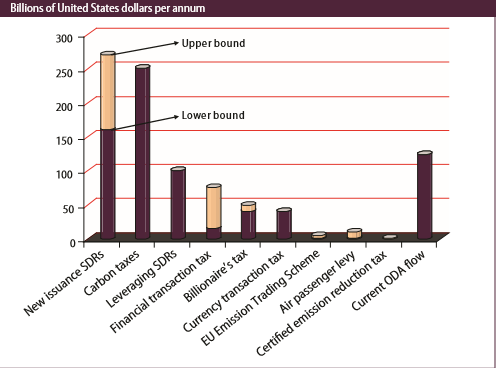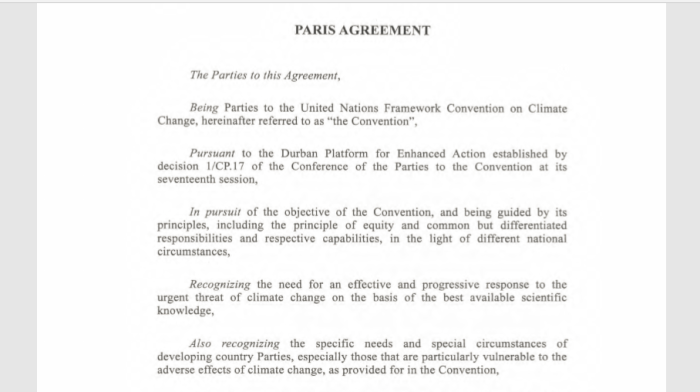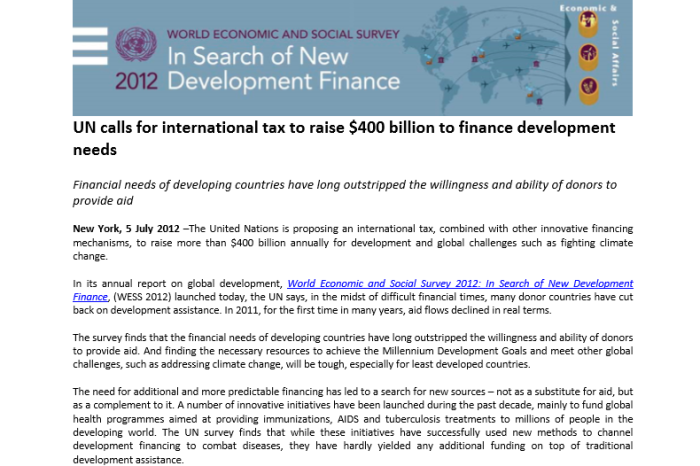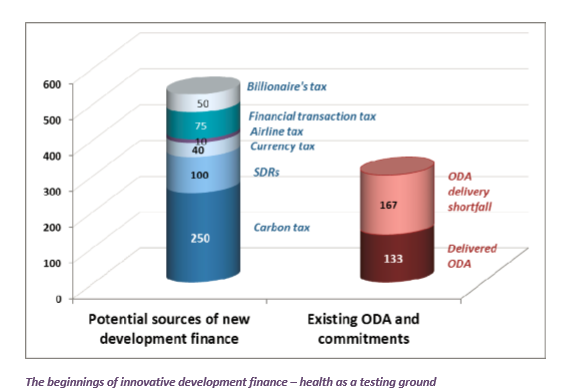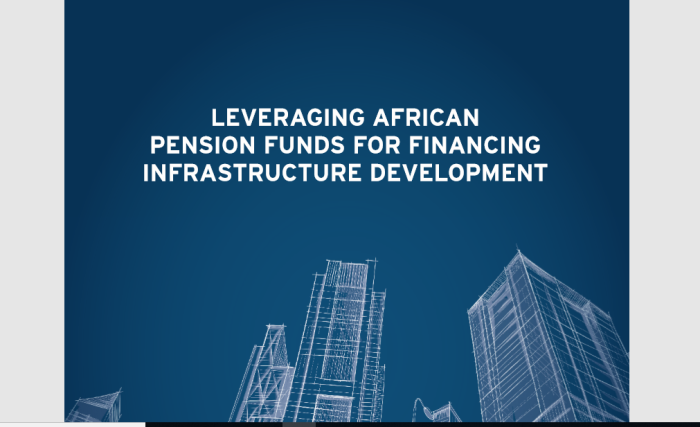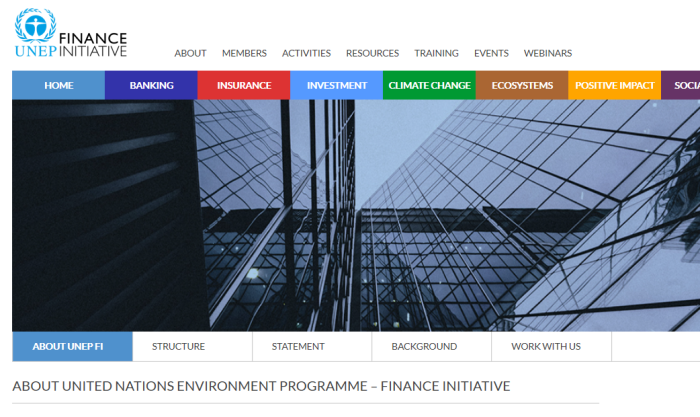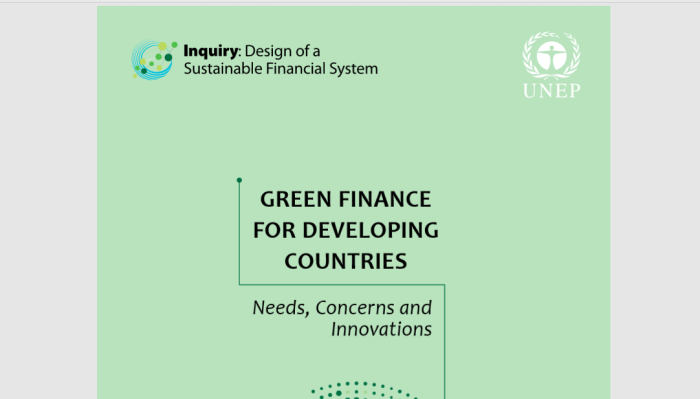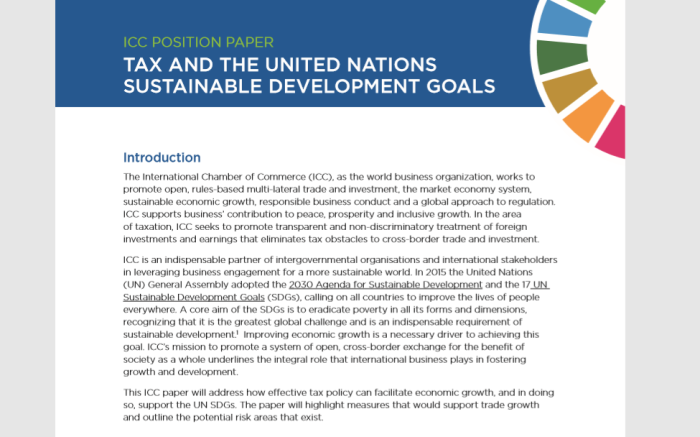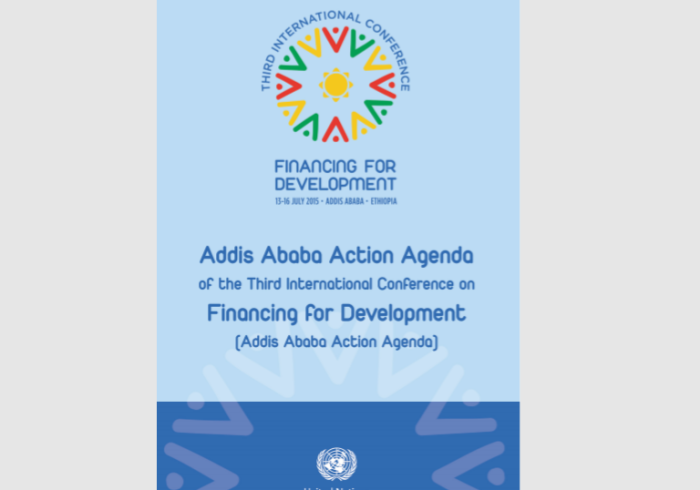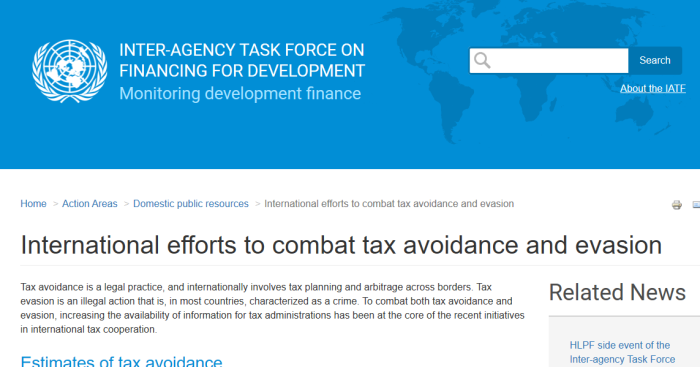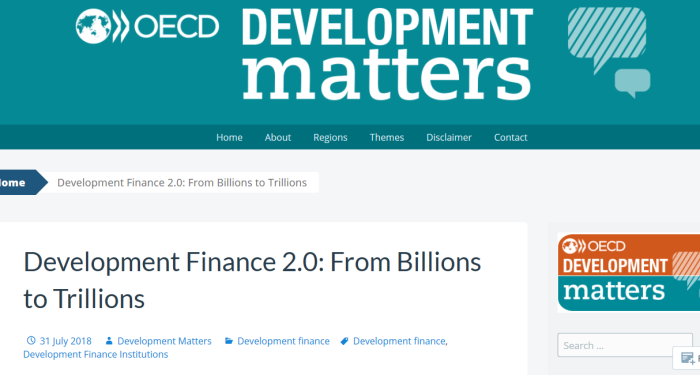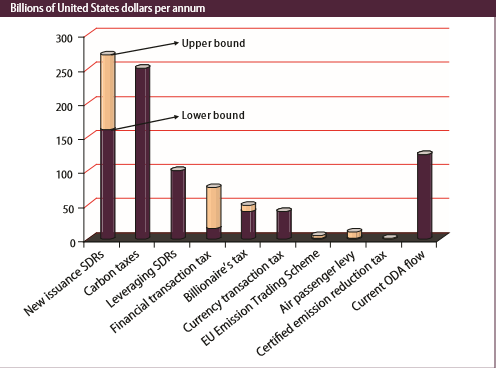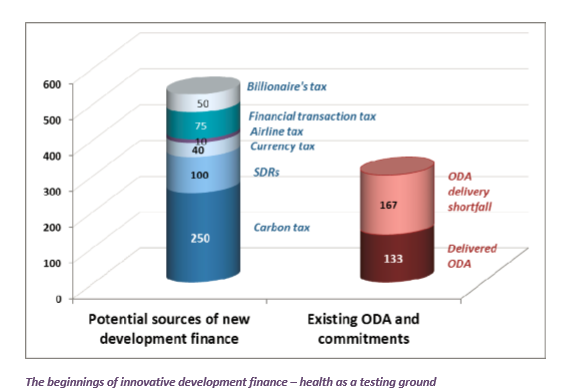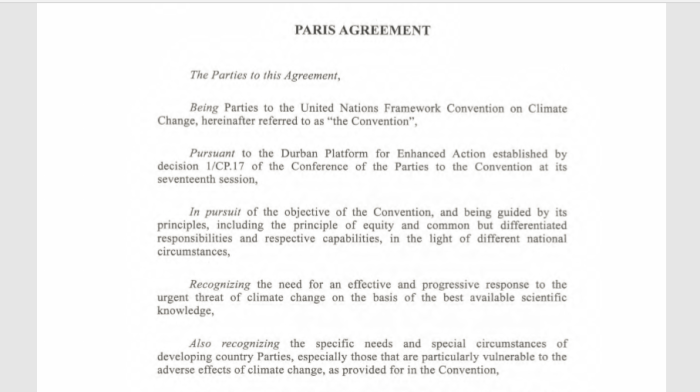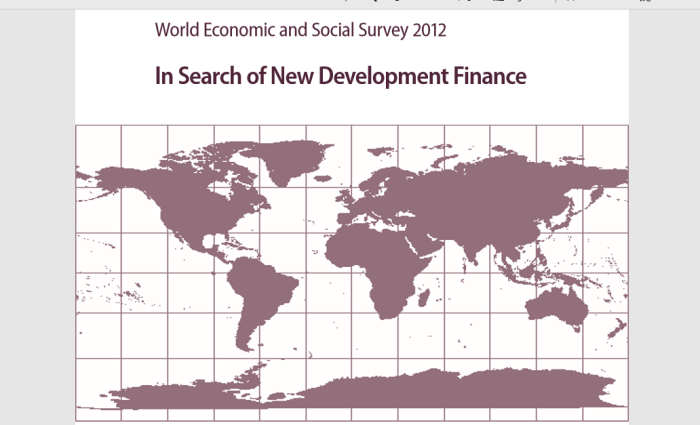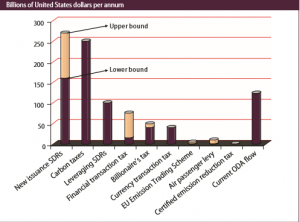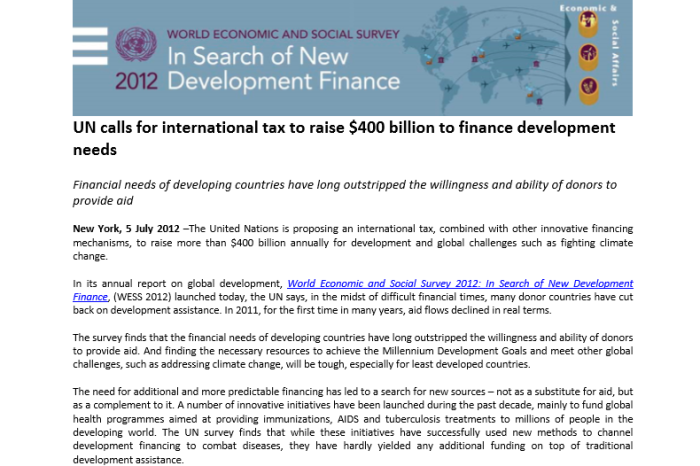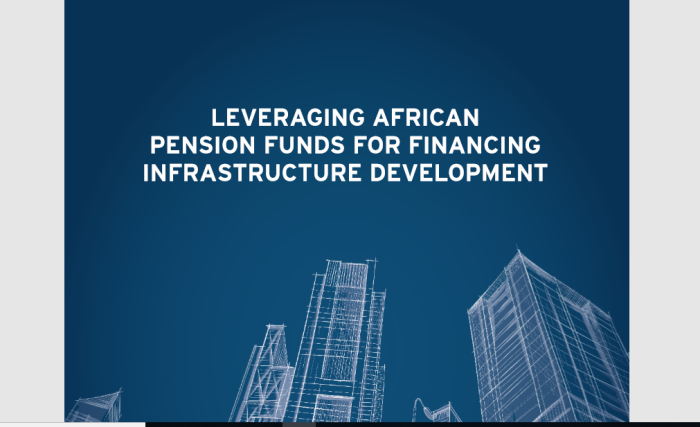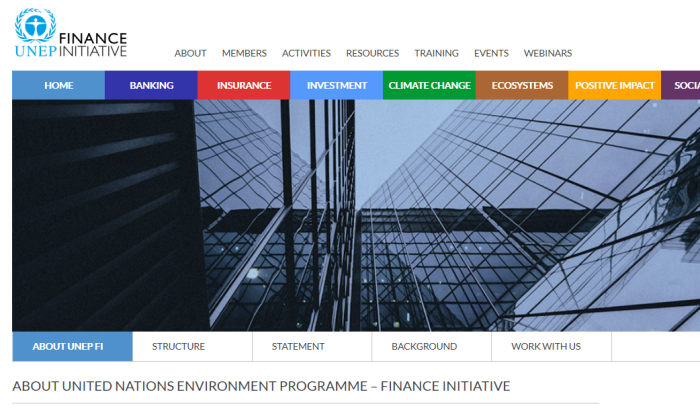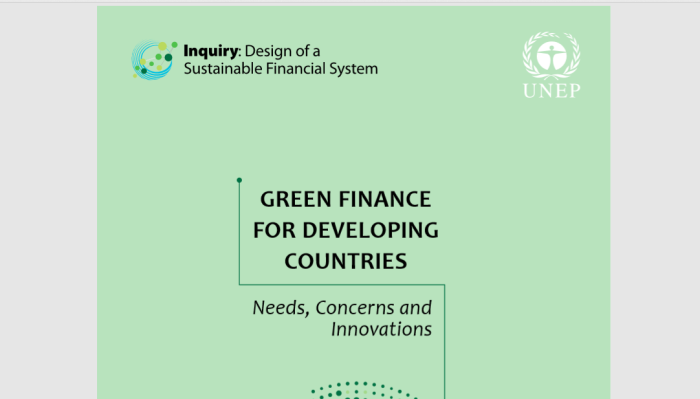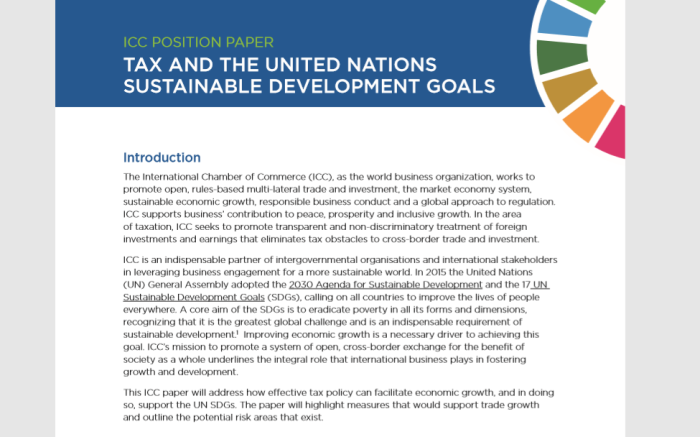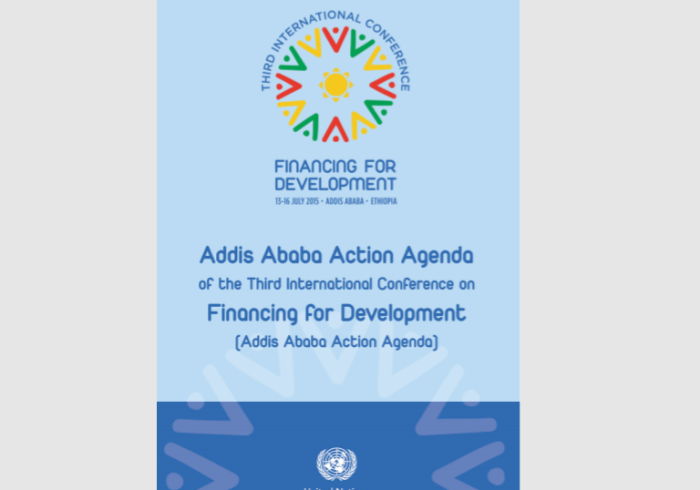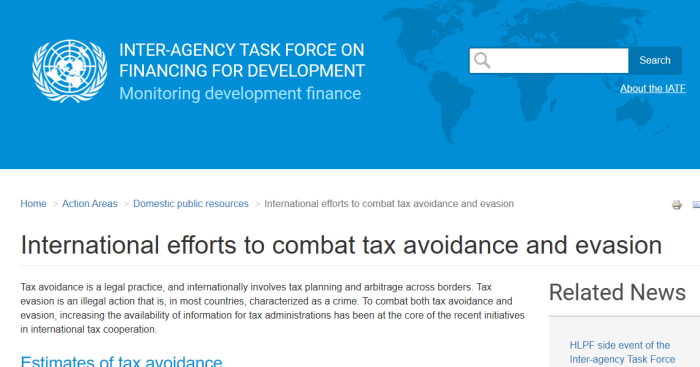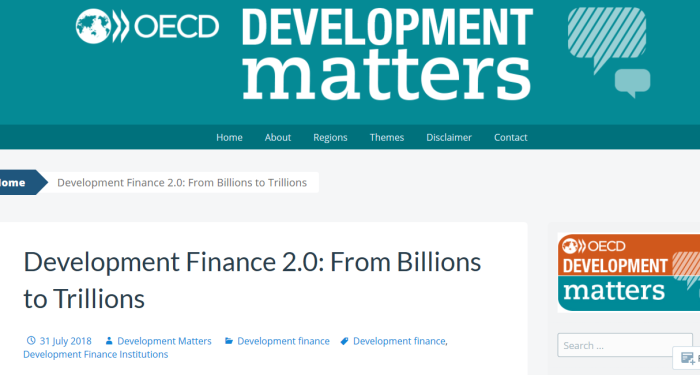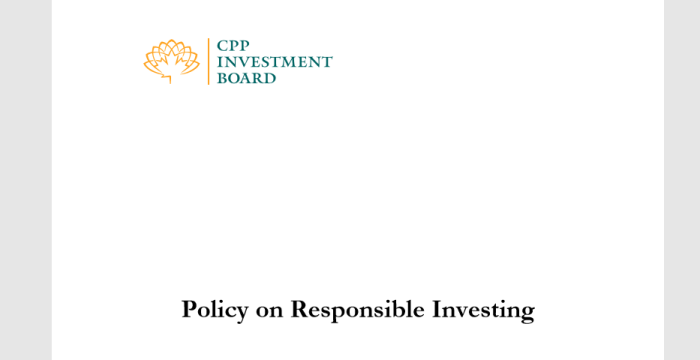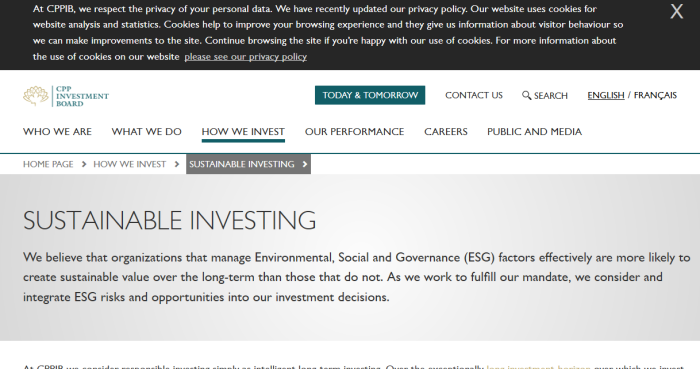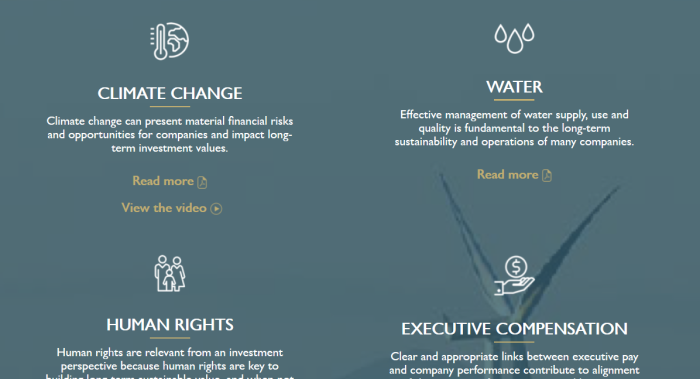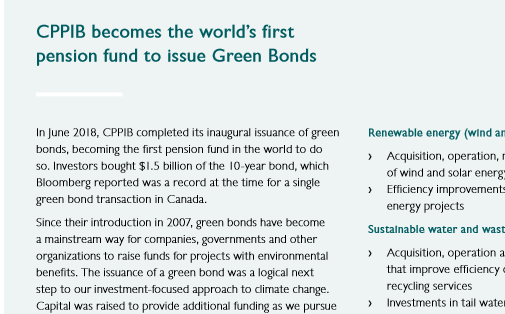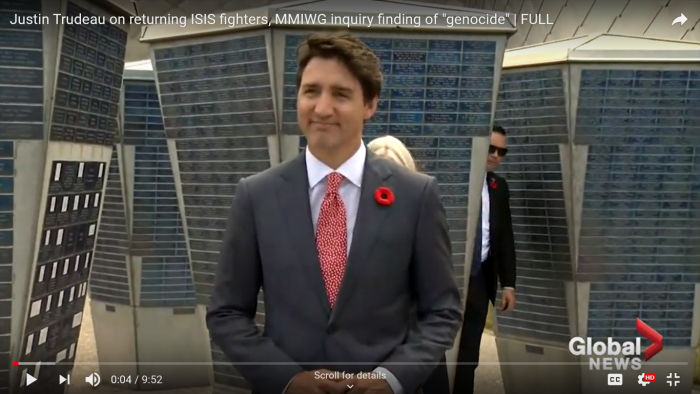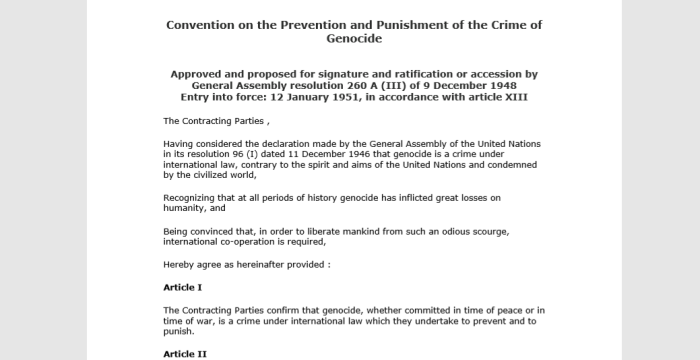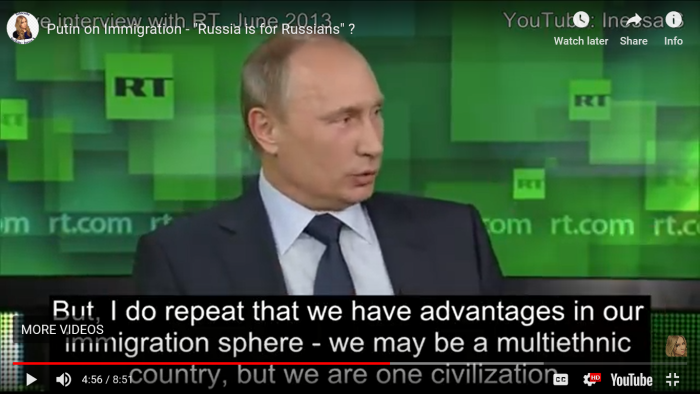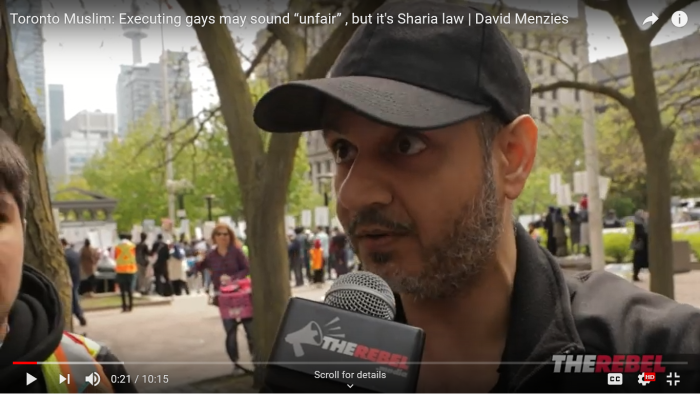(Documentary on “Asian” sex gangs in UK)
(Documentary on child “brides” in Yemen)
(ISIS forcing women to be sex slaves)
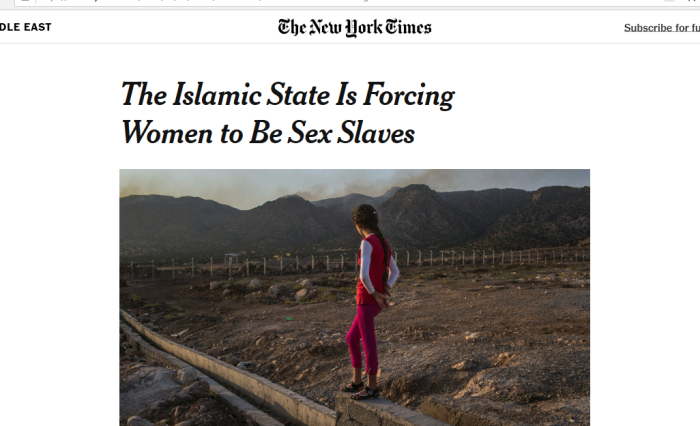
(Shafia family murders, 4 dead in honour killings)
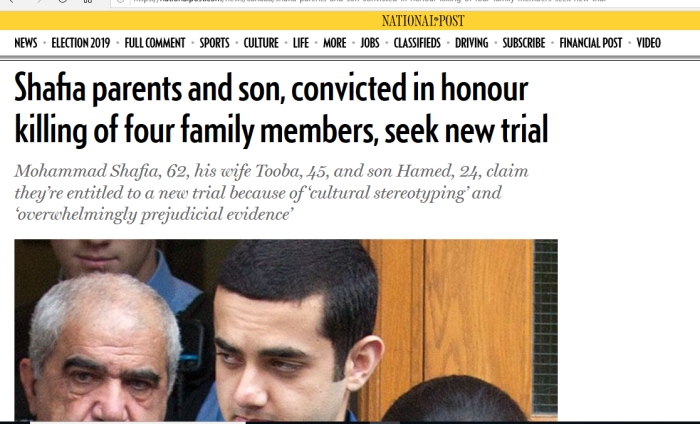
(First FGM case in America, yes, America)
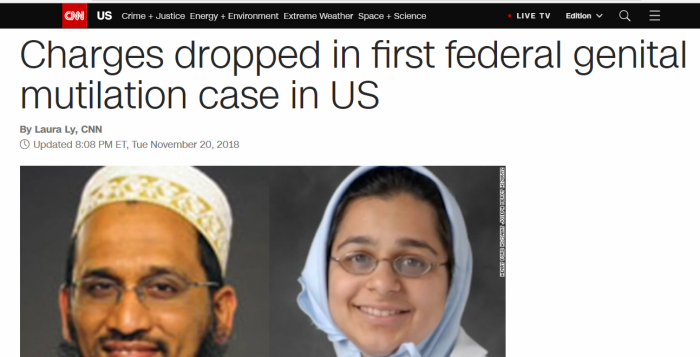
(Nigerian Muslims committing genocide against Christians)
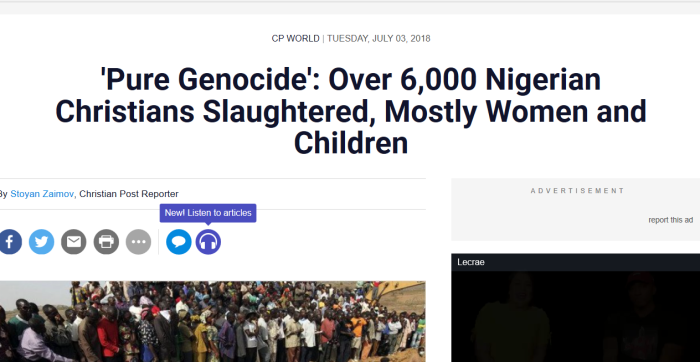
(Iqra Khalid’s blasphemy motion, M-103)
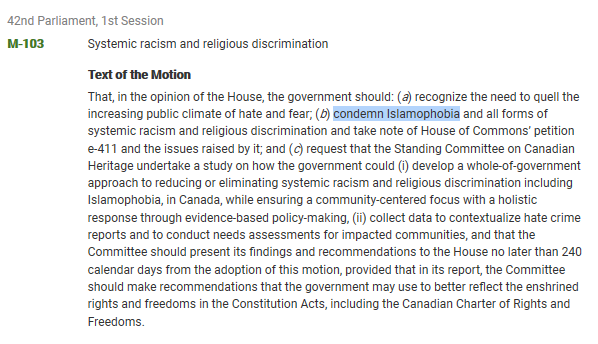
1. Trafficking, Smuggling, Child Exploitation
CLICK HERE, for #1: series intro and other listings.
CLICK HERE, for #2: suing for the right to illegally enter U.S.
CLICK HERE, for #3: the U.N.’s hypocrisy on sexual abuse.
CLICK HERE, for #4: fake refugees gaming the system.
CLICK HERE, for #5: various topics on subject.
2. Important Links
CLICK HERE, for text of Cairo Declaration.
CLICK HERE, for Bill C-6, citizenship for terrorists.
CLICK HERE, for repatriating terrorists to home countries.
CLICK HERE, for 2018 Report to Parliament on Terrorism.
CLICK HERE, for Bill C-59, Changes to Young Offender Act.
CLICK HERE, for Bill C-75, weakening terrorism penalties.
CLICK HERE, for Washington Post on ISIS sex slavery.
CLICK HERE, for a BBC article on child brides.
CLICK HERE, for Gatestone on grooming gangs being ignored in UK.
CLICK HERE, for CP article, Muslims slaughtering Christians in Nigeria.
Previous Articles
CLICK HERE, for Cairo Declaration on Human “Right”.
CLICK HERE, for World Hijab Day review.
CLICK HERE, for guidelines for returning terrorists.
CLICK HERE, for the efforts to ban criticism of Islam globally.
CLICK HERE, for purging “Shia” and “Sunni” from terrorism reports to avoid naming the actual perpetrators.
CLICK HERE, for Islam and domestic violence.
CLICK HERE, for ECHR upholding Austrian blasphemy conviction.
3. Context For This Article
Yes, Islam has been covered before on the site. Just look at the above articles.
This one focuses on the exploitation that Islam enables and encourages. Forced child marriages, no rights for women, slavery or killings of non-believers or apostates is common in Islamic culture. This isn’t something that can shrugged off as normal, but amounts to serious human rights violations.
Despite censorship, information is getting out about how people are being abused, sexually exploited, trafficked and killed. Certainly these crimes are not exclusively because of Islam, but it does play a role in much of it.
So why isn’t this much more public? Quite simply, because of a concentrated effort to shut down criticism and discussion about Islam. Individual campaigns have been launched, national legislations introduced, and even global bans have been attempted. Beyond that, attempts have been made to frame Islam (ex. the Cairo Declaration) as entrenching human rights.
It’s quite a clever strategy to disguise a political ideology as a religion. That way, any criticism — regardless of how valid — can be condemned as bigotry and hatred. If the enemy cannot criticize you, then you have already won.
It should also be noted that the endless demands of Muslims to accommodate have taken their toll.
4. Grooming Gangs In The UK
In allowing this criminality to fester for decades, the British authorities have effectively become criminal themselves as accessories after the fact. They could also be accused of breaking not only domestic law but international treaties regarding child protection, such as the Convention on the Rights of the Child and Optional Protocol on the Sale of Children, Child Prostitution and Child Pornography.
As the abuse is largely perpetrated by “(South) Asian” criminals, UK authorities now find themselves in a bind. To act with concerted government and police action may increase existing community tensions. Alternatively, by not acting, faith in the country’s institutions and laws — and minority communities themselves — will continue to deteriorate among large sections of the public. As that may not happen immediately on the watch of the current crop of feckless UK politicians, there is most likely the inclination among them to kick this human tragedy down the road.
The UK has abdicated its responsibilities to protect its citizens, and especially to protect children from exploitation.
Under the guise of wanting to be tolerant and not inflame ethnic tensions, UK law enforcement has effectively turned a blind eye to hundreds of sexual predators operating within its borders.
However, they are not being completely useless. In the rare time that charges are brought, police are ready to snag someone like Tommy Robinson for reporting on the proceedings of the grooming gangs.
5. Islamic Slave Trade
Younger Yazidi girls fetch higher prices in the Islamic State slave markets. According to some accounts, those higher up in the organization’s command structure get first choice. But it’s clear the trade comprises a real wing of the Islamic State’s internal economy.
“The girls get peddled like barrels of petrol,” Zainab Bangura, the United Nations’ special representative on sexual violence and conflict, said in an interview with Bloomberg. “One girl can be sold and bought by five or six different men. Sometimes these fighters sell the girls back to their families for thousands of dollars of ransom.”
The Washington Post details some of the barbaric practices that been going on be ISIS fighters. Women are bought and sold like property, and become slaves for men willing to do cruel things to them.
Of course, this practice long precedes ISIS. In fact Islam itself has a lengthy history of slavery, which is permitted for “infidels”. Funny how leftists in the West blame whites for limited slavery by some ancestors, yet are silent about the ongoing slavery that goes on under the name of Islam.
6. Forced Child Marriages
Almost one third ( 32% ) of refugee marriages in Jordan involve a girl under 18, according to the latest figures from Unicef. This refers to registered marriages, so the actual figure may be much higher. The rate of child marriage in Syria before the war was 13%.
Some families marry off their daughters because of tradition. Others see a husband as protection for their daughters, but the UN says most are driven by poverty.
City of the dispossessed
“The longer the crisis in Syria lasts, the more we will see refugee families using this as a coping mechanism,” said Michele Servadei, deputy Jordan representative for Unicef. “The vast majority of these cases are child abuse, even if the parents are giving their permission.”
It involves Syrian brokers and men – mainly from the Gulf States – who present themselves as donors, but are actually shopping for brides.
They prey on refugee families, living in rented accommodation, who are struggling to get by.
This piece is very heartbreaking. Many are abandoned by their family out of poverty, or married off due to tradition.
Circumstances also make these young girls easy targets for adult men who fully intend to exploit them. This isn’t “marriage” in any real sense of the word. It’s child sex slavery.
7. Polygamy, Multiple Marriages
If the idea of forcing a young child into marriage isn’t sick enough, consider the idea of forcing children (yes, multiple) children into marriages.
Considering the power imbalance in child marriages, and under Sharia law in general, how exactly is the well being of these “wives” supposed to be looked after?
8. Female Genital Mutilation
This is a move that should outrage feminists, but they are stunningly silent on it. Young girls, often against their will, and having their privates mutilated in order to prevent them from getting aroused in later years.
Obviously, if there is unwanted sexual contact, it is exclusively the girl/woman’s fault. The man is never responsible.
This practice is banned in dozens of countries, but is going on under the radar in the West. The U.S. recently had a very public case against 2 doctors performing such actions.
Dr. Jumana Nagarwala is the lead defendant in the case. While the charges of conspiring to commit and committing female genital mutilation, as well as aiding and abetting others in doing so, have been dropped, Nagarwala still faces charges of conspiring to travel with intent to engage in illicit sexual conduct and conspiring to obstruct an official proceeding. She was charged alongside Dr. Fakhruddin Attar, his wife, Farida Attar, and five other residents of Michigan and Minnesota.
Congress had no authority to pass a law criminalizing female genital mutilation, judge says
Apparently, a law designed to protect girls and women from violence directed at them is unconstitutional. From the CNN article, it shows how the victims have been failed by the courts.
Make no mistake. FGM does happen elsewhere in the West. However, Islamic groups would much prefer that it not be discussed publicly.
9. Domestic Violence
This was addressed in another article. The example included research by a Calgary group for violence survivors, who found that up to 40% of their patrons were visible Muslims. Of course one may ask “why” there is such rampant abuse in Islamic families, but that would be bigoted.
10. Honour Killings Of Girls
Of course, it doesn’t always stop at just violence. It can, and does, often lead to murder.
Two cases that made national headlines were: (a) the Shafia family killing, where 3 daughters and an ex-wife were killed; and Asqa Parvez, killed by her brother and father.
While those are just 2, there are many more that are going on in the West. In the name of diversity, we import cultures who do not believe in equality between men and women.
11. Pro-Islam Campaigns Pushed By Media
Now that we’ve gotten into the horrendous, exploitative things done in the name of Islam, we have to ask the next question. Why aren’t these things repeatedly and thoroughly condemned by the media?
In short, great marketing. Islamic groups frequently push and promote their “religion”, using selective truthfulness. It happens very often.
Consider this example of a CBC article promoting World Hijab Day. 2 women are at the Windsor Regional Hospital to talk about and promote the event. They speak of it in absolute glowing terms.
Of course, neither these women (nor other Muslim women) mention the ugly truth: women in many regions are FORCED to wear the hijab. See here, see here, and see here. Certainly this should at least be mentioned. Otherwise, this is just propaganda.
12. Media Sweeps Islamic Terrorism Under Rug
The church leaders said that “over 6,000 persons, mostly children, women and the aged have been maimed and killed in night raids by armed Fulani herdsmen,” which is prompting their cry to the government of Nigeria “to stop this senseless and blood shedding in the land and avoid a state of complete anarchy where the people are forced to defend themselves.”
The press release also pleaded with the international community, as well as the United Nations, to intervene in the Fulani attacks, fearing they might spread to other countries as well.
“We are particularly worried at the widespread insecurity in the country where wanton attacks and killings by armed Fulani herdsmen, bandits and terrorists have been taking place on a daily basis in our communities unchallenged despite huge investments in the security agencies,” they added, saying President Muhammadu Buhari has failed to bring attackers to justice.
In Nigeria, as well as other places, Muslims openly wage war against infidels. This is nothing short of a genocide. People, often Christians, are slaughtered simply for believing in something different.
This has been going on for 1400 years in some form or another. However, Islamists using Taqiyya (deception) have been largely successful in persuading large parts of the public that it is only extremists who are engaged in this sort of thing.
Articles and stories like this are quite common, but you will never hear about it on the mainstream media.
13. Politicians Sweep Islamic Terrorism Under Rug
See this review from earlier.
April 29, 2019 Update
As per the Minister of Public Safety’s statement on the 2018 Public Report on the Terrorist Threat to Canada, a review of the language used to describe extremism has been undertaken and is ongoing. The Government’s communication of threats must be clear, concise, and cannot be perceived as maligning any groups. As we continue this review, it is apparent that in outlining a threat, it must be clearly linked to an ideology rather than a community. The Government will carefully select terminology that focuses on the intent or ideology. As a first step, the Government has updated terminology used in the 2018 report to eliminate terminology that unintentionally impugns an entire religion. Going forward, the Government of Canada is committed to applying a bias-free approach to the terminology used to describe any threats inspired by ideology or groups.
Ralph Goodale, who identifies as the “Public Safety Minister”, tries to sanitize the report by emphasizing that it is not the ideology itself (Sunnis and Shias) who are committing acts of terrorism, but rogue elements.
Never mind that Islam is an ideology which requires its followers to commit violence against non-believers. This is just whitewashing the truth. He can’t even call a spade a spade.
This is as absurd as when former U.S. President Barry Soretoro (a.k.a. Barack Obama) claimed that the Fort Hood shooter — an Islamist who killed 40 troops — was committing workplace violence instead of terrorism.
14. Legislation To Combat “Islamophobia”
The European Court of Human Rights (ECHR) has upheld a conviction against an Austrian woman who publicly called Mohamed a “pedophile” for marrying a 6 year old girl. Also see the video.
In Canada, the Federal Government passed a motion to ban “Islamophobia” and other forms of discrimination. Not accidently, “Islamophobia” was never explicitly defined, making it easier to be interpreted broadly.
Those are just 2 examples of creeping Islam, and efforts to shut down any questions or criticism, regardless of merit.
15. Global Efforts Against “Islamophobia”
This was covered in a previous article. There are attempts to make criticism of Islam a crime everywhere in the world. While these movements are portrayed as stopping religious defamation and prejudice, the real goal is to shield Islam from people speaking the truth
CLICK HERE, for a March 2008 meeting.
CLICK HERE, for an April 2009 press briefing.
CLICK HERE, for a 2009 statement, States obliged to promote religious tolerance.
CLICK HERE, for World Interfaith Harmony Week, February 2010.
CLICK HERE, for a 2010 call for “minority rights”.
CLICK HERE for UN Assistance in Afghanistan meeting in 2012.
CLICK HERE, for a 2012 address from the Turkish Foreign Minister
CLICK HERE, for a 2014 Iranian statement to the UN.
CLICK HERE, for a whitewashing of Islam, October 2014.
CLICK HERE, for a gripe-fest about Islamophobia, August 2017.
CLICK HERE, for Iqra Khalid, Pakistani Muslim, and Liberal MP.
16. Islamists Infiltrating “Human Rights” Bodies
There are 57 members in the UN OIC, which is the Organization of Islamic Countries. This makes up the single biggest voting bloc in the UN. Their goal, predictably, is to work collectively to advance Sharia Law.
Several of these nations are also on the UN Human Rights Council. That’s right. Nations which commit human rights abuses are on the HRC.
17. Cairo Declaration Provides No Protection
ARTICLE 2: (a) Life is a God-given gift and the right to life is guaranteed to every human being. It is the duty of individuals, societies and states to safeguard this right against any violation, and it is prohibited to take away life except for a shari’ah prescribed reason.
ARTICLE 12: Every man shall have the right, within the framework of the Shari’ah, to free movement and to select his place of residence whether within or outside his country and if persecuted, is entitled to seek asylum in another country. The country of refuge shall be obliged to provide protection to the asylum-seeker until his safety has been attained, unless asylum is motivated by committing an act regarded by the Shari’ah as a crime.
ARTICLE 22: (a) Everyone shall have the right to express his opinion freely in such manner as would not be contrary to the principles of the Shari’ah.
1.. Everyone shall have the right to advocate what is right, and propagate what is good, and warn against what is wrong and evil according to the norms of Islamic Shari’ah.
ARTICLE 23:
(b) Everyone shall have the right to participate, directly or indirectly in the administration of his country’s public affairs. He shall also have the right to assume public office in accordance with the provisions of Shari’ah.
ARTICLE 24: All the rights and freedoms stipulated in this Declaration are subject to the Islamic Shari’ah.
ARTICLE 25: The Islamic Shari’ah is the only source of reference for the explanation or clarification of any of the articles of this Declaration.
Nice bait-and-switch here. While the Cairo Declaration presents as an enshrinement of human rights, one thing must be pointed out. All of these “rights” are solely within the context of Shari’ah. This effectively means that there are no real rights, nor any true equality.
Certainly, the Cairo Declaration “appears” to enshrine many basic rights for everyone, and to ensure equality between men and women. It appears to support free speech, and fundamental freedoms for all. But again, only within the context of Sharia law.
18. Final Thoughts
So what is really going on here with Islam?
- Media propaganda to promote Islam
- Keep names out of government reports
- Pass laws to ban “Islamophobia”
- Work to ban criticism of Islam (globally)
- Infiltrate human rights organizations
- Enshrine meaningless declarations
Of course, this is only a partial list, but should illustrate the point. But why do all of this though?
It’s to cover up the exploitive and downright predatory nature of Islam. It’s to silence and discredit people who ask questions — regardless of how well founded they are. To keep people in the dark about how women and girls are really treated in Muslim majority areas.

